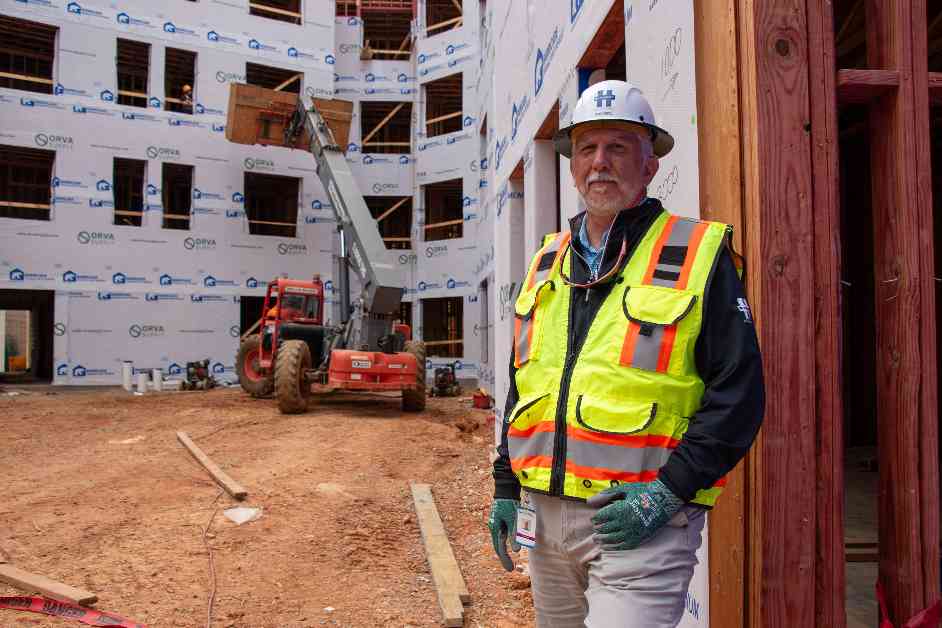## Mental Health Crisis in Construction: A Silent Epidemic Unveiled
In Birmingham, Alabama, a grim revelation shook the foundation of the construction industry a few years ago. Frank Wampol, the vice president of safety and health at BL Harbert International, unearthed shocking data showing that over 5,000 male construction workers succumb to suicide annually. This alarming statistic surpasses the fatality rate from work-related injuries by a factor of five. The magnitude of this crisis cannot be overstated, with construction workers facing a suicide risk considerably higher than that of the general male population.
### Unseen Dangers Behind Hard Hats
While the construction sector has long focused on physical safety hazards, such as falls and electrocutions, the industry is now grappling with the escalating mental health risks faced by its workforce. Recent studies have shed light on the prevalence of high suicide rates and widespread drug abuse, particularly involving opioids like heroin and fentanyl. The Centers for Disease Control and Prevention highlighted construction as the occupation with the highest rate of overdose deaths, underscoring the urgent need for intervention.
### The Silent Struggle: Anxiety, Depression, and Stigma
Beyond the tangible dangers of construction work lie invisible threats that haunt the mental well-being of laborers. Anxiety and depression plague nearly half of construction workers, often going undiagnosed and untreated. Despite the prevalence of mental health symptoms, a mere fraction of workers seek professional help, reflecting a pervasive stigma surrounding emotional struggles in the industry. The demanding nature of construction work, characterized by prolonged hours, isolation from loved ones, and job insecurity, exacerbates the vulnerability of workers to mental health issues.
### Bridging the Divide: A Beacon of Hope
In the face of this mounting crisis, the construction sector is mobilizing efforts to destigmatize mental health conversations and provide vital support to workers in need. Initiatives such as mental health first-aid training, toolbox talks, and peer-to-peer support programs are gaining traction, offering a ray of hope amidst the darkness. By fostering a culture of openness, empathy, and proactive interventions, the industry aims to safeguard the well-being of its workforce and pave the way for a healthier, more resilient future.
As the construction landscape braces for potential upheavals under the incoming administration, the imperative of prioritizing mental wellness and suicide prevention programs looms large. Beyond safeguarding individual lives, these initiatives promise to cultivate a more robust and prosperous industry, underscoring the profound impact of investing in the mental health of construction workers.
Frank Wampol, a veteran in the construction realm, eloquently captures the essence of this transformative journey: “The investment in mental wellness and suicide prevention programs creates a healthier, more productive workforce, enriching the industry and its members alike.” In a realm fraught with challenges, these words echo as a beacon of hope, guiding the construction fraternity towards a brighter, more compassionate future.

















